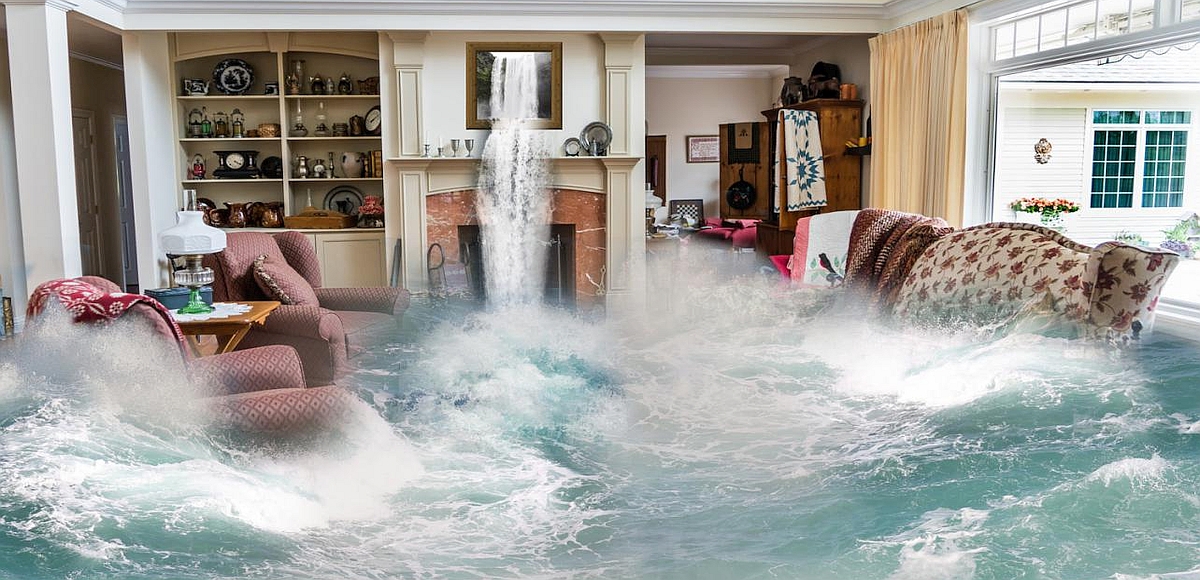
If your home is at risk of being flooded, it’s a great idea to create a flood plan.
Upset and disruption are the main impact of a flood. A plan will help you get over the initial hit and shock when you see your home wet, dirty and in disarray. The plan will help you stay proactive as you have already thought about the steps you need to take next. In your plan you should look at immediate things such as
You need to bear in mind that as flood hits and area the local hotels and B&Bs will get booked up very quickly if they are unaffected.
It is not just yourself that you need to plan for; if you have pets, are there any kennels nearby that will be unaffected by the flood? Do you have elderly relatives or less able members of your family that will need your help?
You should look at putting up some flood defences to help protect your home and minimise the damage that may be caused, as part of your plan.
You should review this each time there is a flood warning in your neighbourhood, or heavy rains are forecast.
View live flood warnings. Receive the latest flood alerts for your area and the rest of the UK. You can also get the latest flood developments by calling England and Wales Environment Agency's flood line on 0345 988 1188,
Useful links -
Step 1:
Contact your home insurance company.
Have all the information you think might be useful to them, and tell them what's happened. The person at the claims team will want to know your situation so that they can assess how they can help they ask you:
After the call, your insurer will contact a flood management company who will call you. When they come over, they'll work to assess and minimise the damage.
Some insurers may set up an emergency hub in the area to help locals who are affected by the flooding.
Step 2:
Don't try to move anything that's too heavy for you to do so safely. Flood management companies are trained to take all the necessary steps to prevent secondary damage to your home, including moving heavy objects and carpets.
Step 3:
Before you move anything, take photos and make an inventory of everything you take to higher ground. As an extra step, you can find out which local flood management company your insurer uses and make a note of their details.
There tends to be 2 types of flood damage:
When you return home, you should open all your windows and doors to get air flowing through the house (but leave doors to unaffected rooms closed) and to stop moisture building up as the moisture and humidity from floodwater can damage previously unaffected rooms, even those upstairs.
Before you do this, you should take extra precautions to protect any valuables, such as storing them in a locked drawer/safe, or removing them from the house while you do this.
When water levels are down, you will be able to remove carpets that have been damaged. But remember not to dispose of them just yet as your insurer will need them to see the impact of the flood.
The drying out process can frustrate you and take a long time, but it is a process that needs to be done in order to minimise damage to your property.
Your garden is also likely to be badly damaged, and contain debris from the surrounding neighbourhood. Once the waters have gone down to safe levels you can begin to clear it.
Remember you will need to be patient with the flood management professionals who are getting your home back to the way it was – but don't be afraid to ask for regular updates!